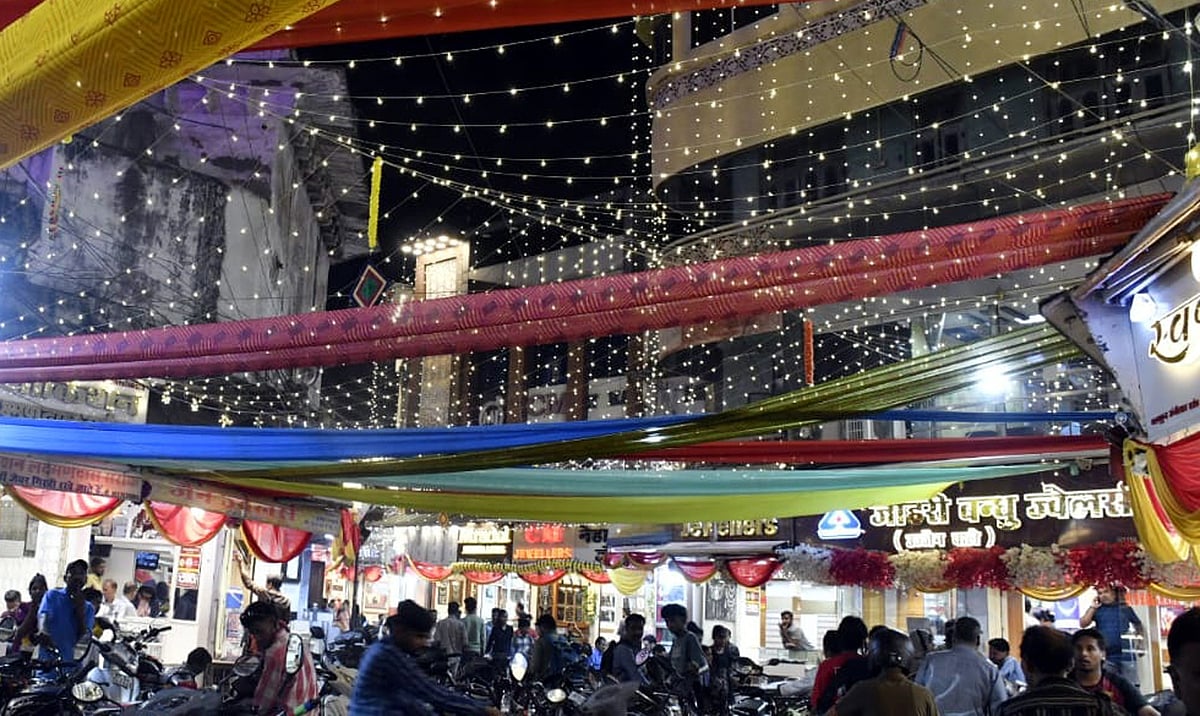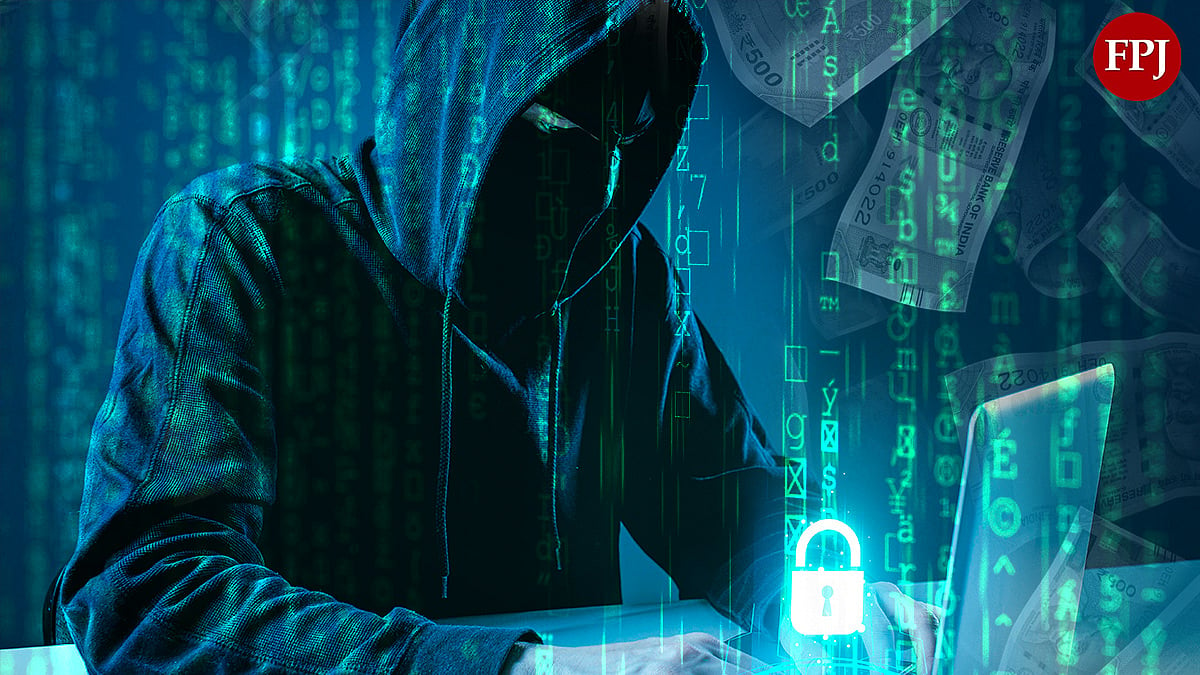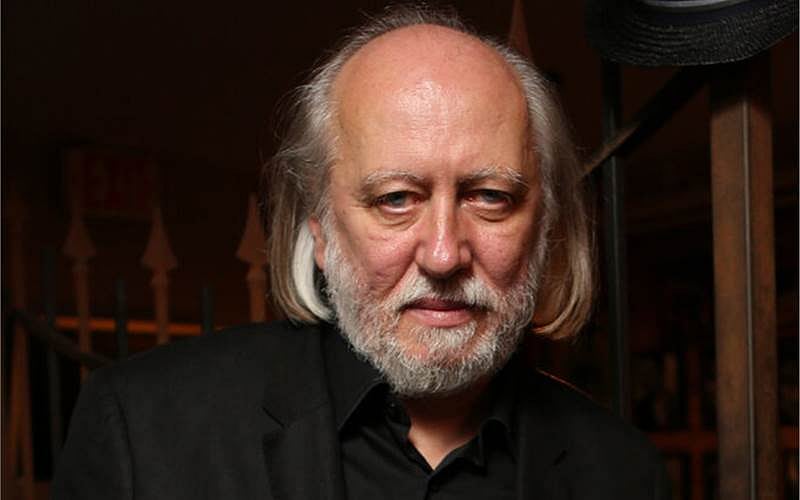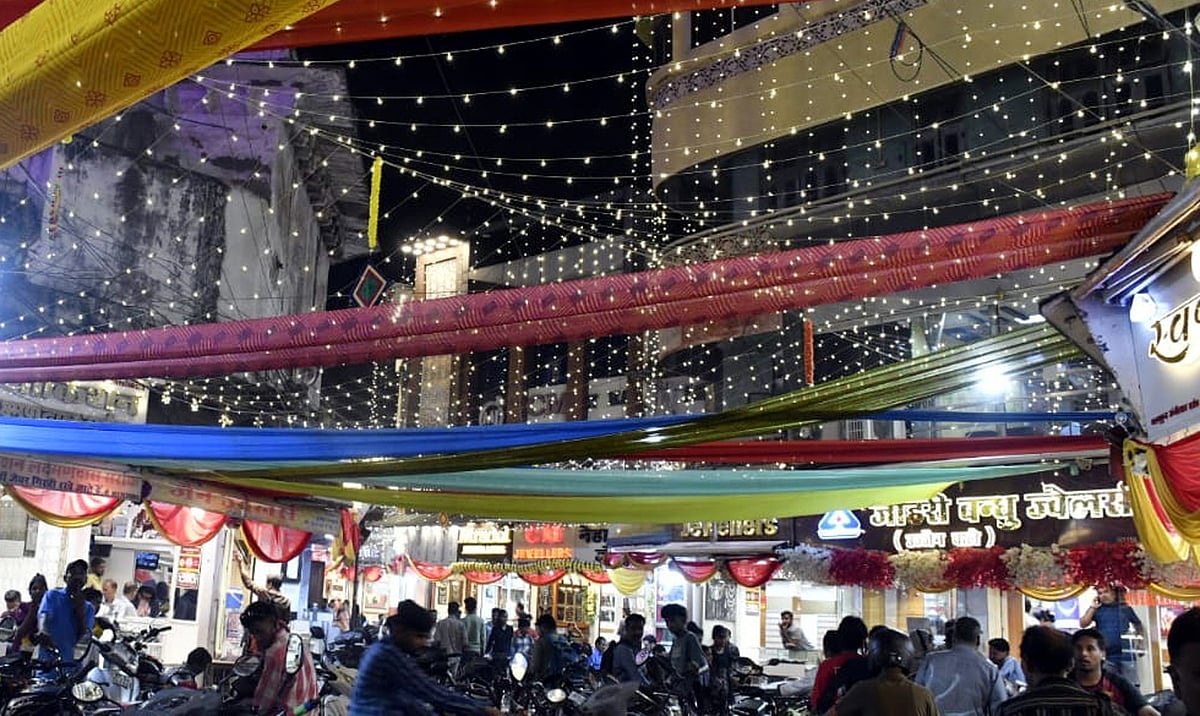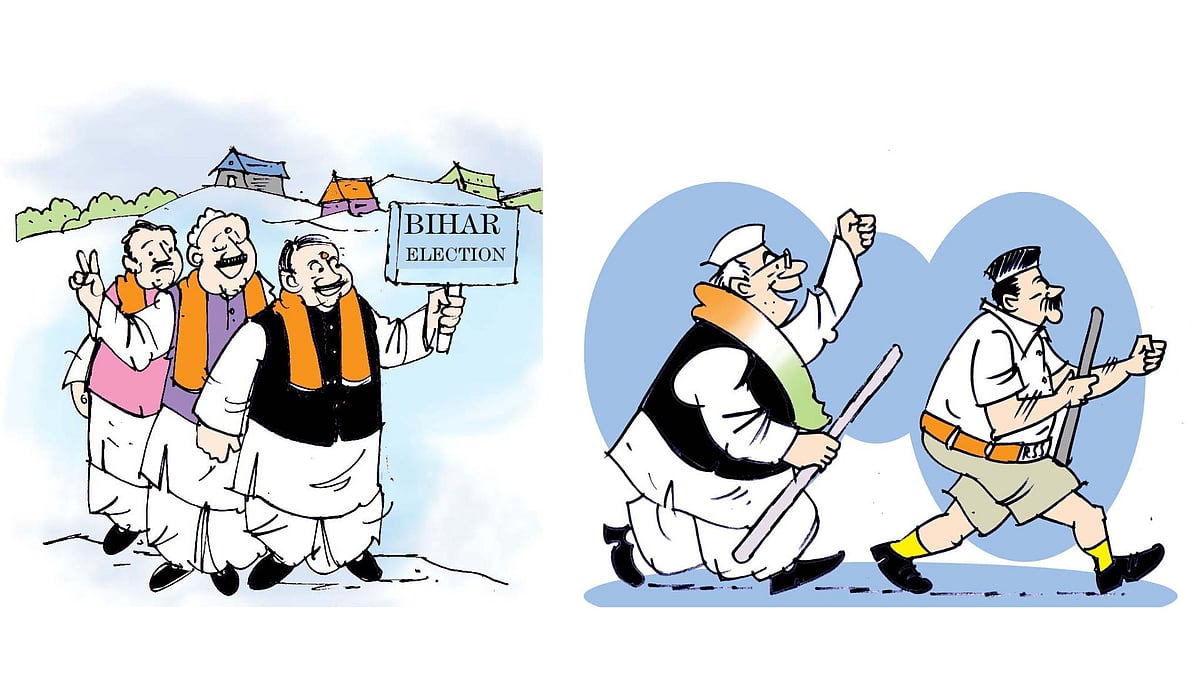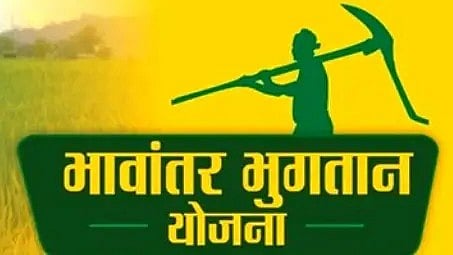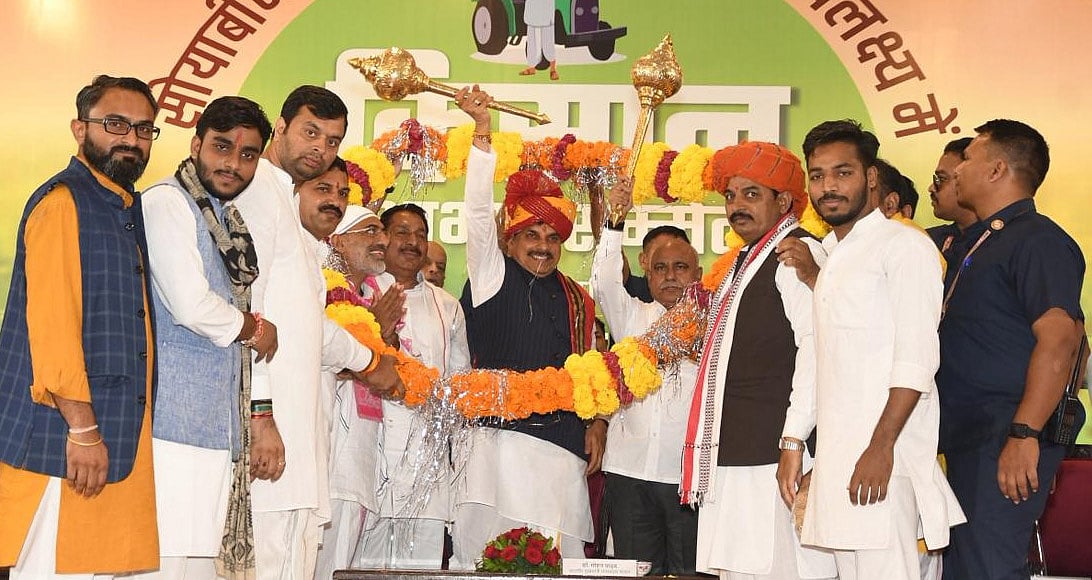Bhopal (Madhya Pradesh): The palaces in the city of Ayodhya are dazzling with the rows of lamps (Dipamalah), creating a gorgeous spectacle that contests with the luminous teeth of the moon)–Raghuvansha, Kalidasa
The Indian poets and writers have delineated Deepavali, or Diwali, the festival of lights, since time immemorial, because it has an umbilical cord with Indian culture and tradition. But the creative élan of Kalidasa has surpassed all other poets in the portrayal of Diwali.
In the Raghuvansham, the poet calls the festival ‘Deepamalah’ in the Ayodhya part of the epic poem.
The specific verse appears in the 14th canto: “The palaces in the city are dazzling with rows of lamps (dipamalah), creating a gorgeous spectacle that contests with the light of the moon.”
Because Diwali is celebrated on the no moon day, many may question how he could compare the festival of lights with the moon. The key to this description lies in the word ‘Chandratapashukladanta’ (as bright as the teeth of the moon). It means although there is no moon, the lamps are so bright that they are destroying the darkness as the moon does on a full moon night.
The picture he draws in the poem portrays the return of Ram to Ayodhya after his 14 years’ exile, and the word ‘dipamalah’ depicts the city’s festive atmosphere.
The Sanskrit and Pali texts, scripted nearly 600years BCE, consist of the description of this festival.
The Jain texts associate it with the Nirvana of Lord Mahavira, the 24th Tirthankara, where Diwali has been described as Dipali Kaya.
The Jain scriptures say after the Nirvana of Lord Mahavir, the gods welcomed him in heaven, lighting lamps. So, the Jain texts call the festival ‘Dipali Kaya’, the light leaving the earthly body.
The Padma Purana describes the birth of Goddess Lakshmi on the day of Dhanteras in Samudra Manthan (churning of the sea); however, the original text of the Ramayana does not refer to this festival.
Historians say the festival finds mention in the Hindu scriptures during the later part of the epic era, and similarly, the Mahabharata does not directly refer to this festival, but some traditions relate the return of the Pandavas from the exile to the festival of lights.
According to some traditions, the people of Ayodhya celebrated the return of Lord Ram after destroying the evil spirit, Ravan, on the day of Diwali.
Thus, the traditions of the Ramayana and the Mahabharata relate almost the same story behind the origin of the festival.
A seventh-century Sanskrit play, Nagananda, written by Harshvardhan, depicts Diwali as ‘Diparatripadotsava’ (on the night of Deepavali lamps are lit and gifts are presented to the newly-weds).
In the same way, Rajshekhara, a ninth-century Sanskrit scholar, wrote Kavyamimansa, in which he describes how homes are cleaned up and decked up with lamps on Diwali.
Kabir also mentions Diwali as spiritual enlightenment. He writes, “Sada Diwali Sant Ki, Barah Maas Basant” (it is Diwali and spring for the saints for 12 months). Similarly, Bhai Nandlal Goya, a poet in the court of Guru Govind Singh, also refers to Diwali as spiritual awakening.
Nazir Akbarabadi, an 18th-century poet, also described the celebrations. Similarly, Nazir Banarasi writes, “Ghut gaya andherey ka aaj dum akailey mein” (the row of lamps stifled the darkness). In the 20th century, Rabindranath Tagore also used Diwali as the imagery of spiritual awakening.
[Story by Arup Chakraborty]
